Picking out a Troupe Costume
3/2/2015
As a troupe director, I know that its impossible to please everyone when it comes to costuming. Each member has an opinion about colors, shapes, styles and coverage that works for their body. Sending a dancer out on to stage in an ill fitting, or ugly costume, or one that just doesn't suit them, sets them up for insecurities and failure. A well thought out costume, that makes them look and feel beautiful, both as part of a team and as an individual helps them perform to the best of their abilities and take home happy memories. Here are a few things to consider when planning your troupes costume:
How do you get a "put together look" with a large group of dancers? Here are my suggestions:
For the photo above each dancer was given the same instructions: The wrap top was the key fabric and comes from www.Bellydance.com. We found that the matching pants were a little short for our taller dancers, so we added in a black pant in the same cut, but an interesting fabric. Our second fabric is black and silver Assuit as we were dancing at Assuit Fest that year. The dancers added Assuit to their bras and belts as they wished. Trimming a bra with Assuit is fairly cheap if dancers can split up a piece of fabric between them. Other dancers enjoyed the opportunity to include larger or vintage Assuit pieces. Skirlets and belly drapes were options. Each dancer was asked to find jewelry that suited her personality and a large flower in a stand out color. If you scroll back to the top of this page, you will see we also mix and match the wrap and assuit with a silver skirt. In the stair case photo below our troupe chose to use a "Pick and Mix" bra and belt set as our neutral. On this occasion we paired it with matching yoga pants in a fabric we knew would stand out at the venue and a large flower in the same shade. Each dancer added wrist or arm bands to compliment her shape and jewelry that matched her personality. On other occasions we paired it with a purple skirt and wrap top. The purple set also mixed and matched with harem pants and a tube top to give a more modest look for outside events as you can also see below. We also all owned a circle skirt and veil in a candy color, which you can see in the third picture. From this one, expensive set, we had three very different looks, using cheaper, off the peg, pieces. In our new book "Becoming a Belly Dancer: From Student to Stage", we include a chapter on simple no-sew and sew projects so everyone can make their own costume. From simple skirtlets that can be made in 20 minutes, to dresses that may take a weekend, we wanted to include looks for glam, tribal and ethnographic dancers. All of these looks could be used as troupe costumes - and its a wonderful group bonding experience to gather for an afternoon and make your costumes together. Sara Shrapnell is a belly dance writer, teacher and performer. She has taught more than 4,000 belly dance classes, both in the UK and US. She now teaches in Pleasanton, Dublin and Livermore in the SF bay area, as well as workshops world wide. Her classes are known for their humor, detailed breakdowns and cultural context. Students who have studied with Sara have gone on to teach and perform in all styles of belly dance and many have made their living through performance or teaching. Sara’s first book “Teaching Belly Dance” was published in 2014. Her second "Becoming a Belly Dancer: From Student to Stage", co- written with Dawn Devine, Alisha Westerfeld and Poppy Maya, is a stagecraft handbook for belly dancers of all styles and levels. Both are available on Amazon. If you like this blog, go back to my blog page and check out some others like:
Teacher Knows Best Dealing with Difficult Students I'm Perfect for Belly Dance (and so are you) Why Belly Dancers need to Walk the Line Teaching Belly Dance: Making Corrections Being Part of the Solution Or check out my Hub Blogs including: "Your First Belly Dance Workshop" The Top Ten Belly Dance Tunes for Performance" "Finding a Great Belly Dance Teacher"
0 Comments
|
AuthorCategories
All
Archives
March 2023
RSS feed works with feedly.com or theoldreader.com
|
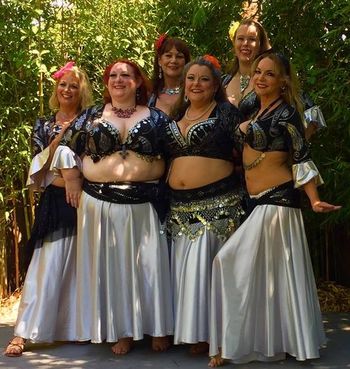
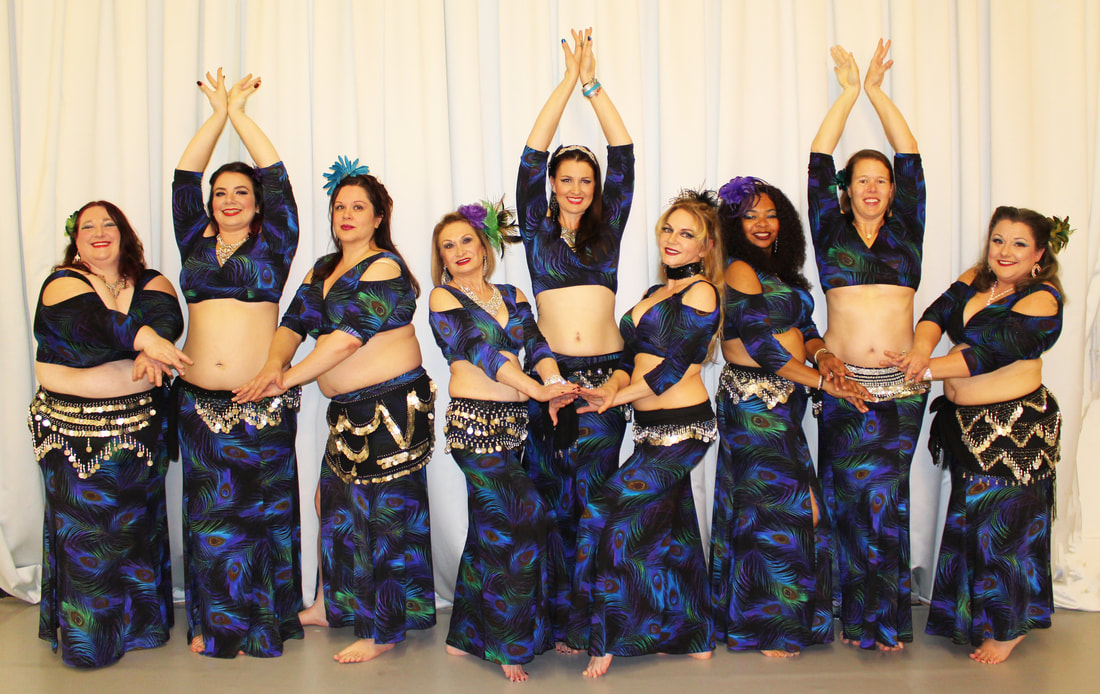
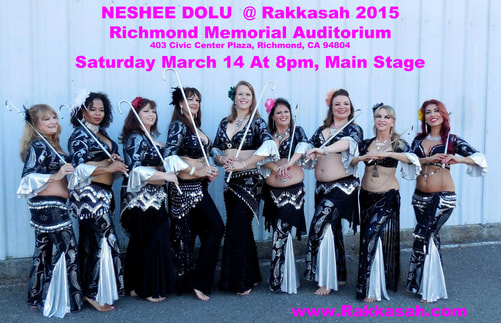
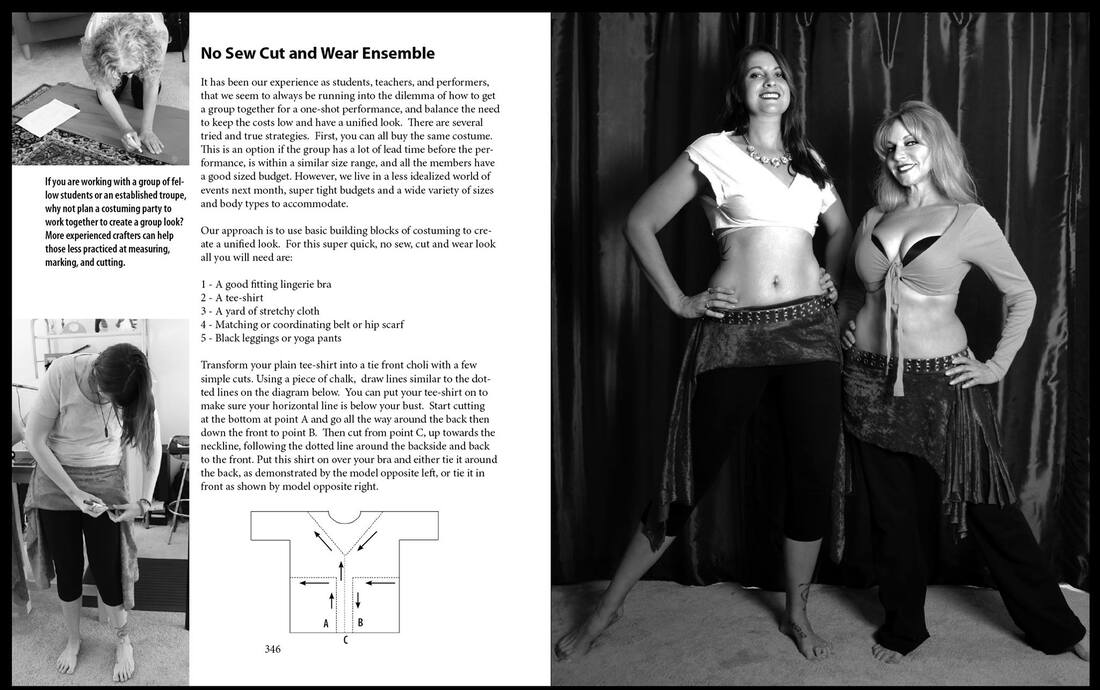
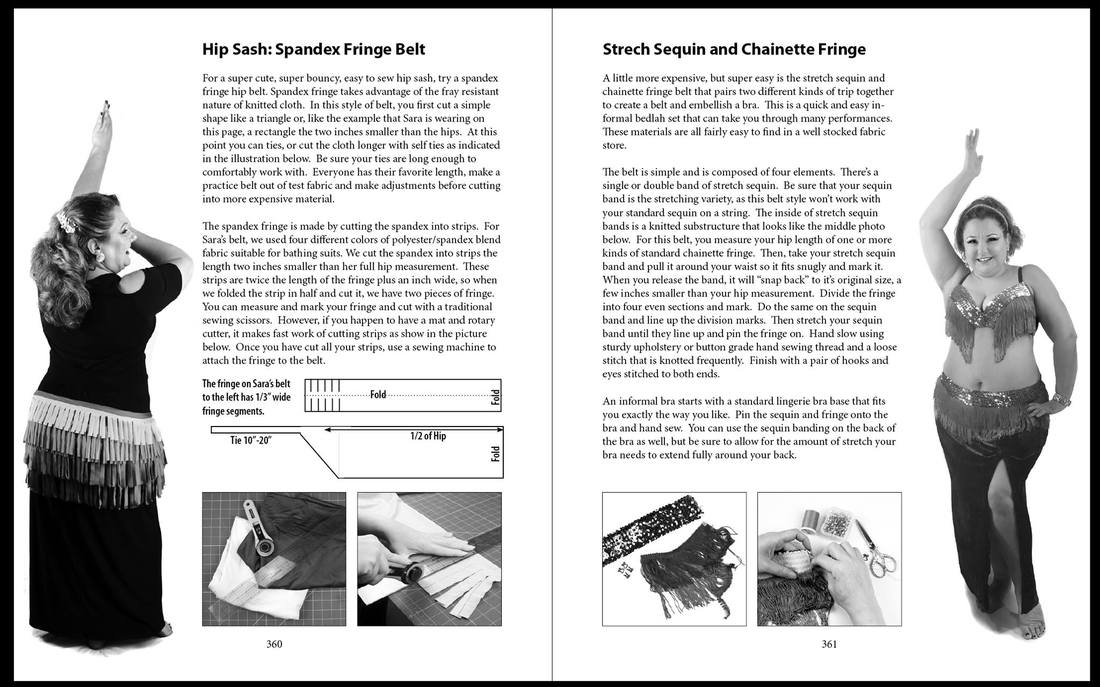
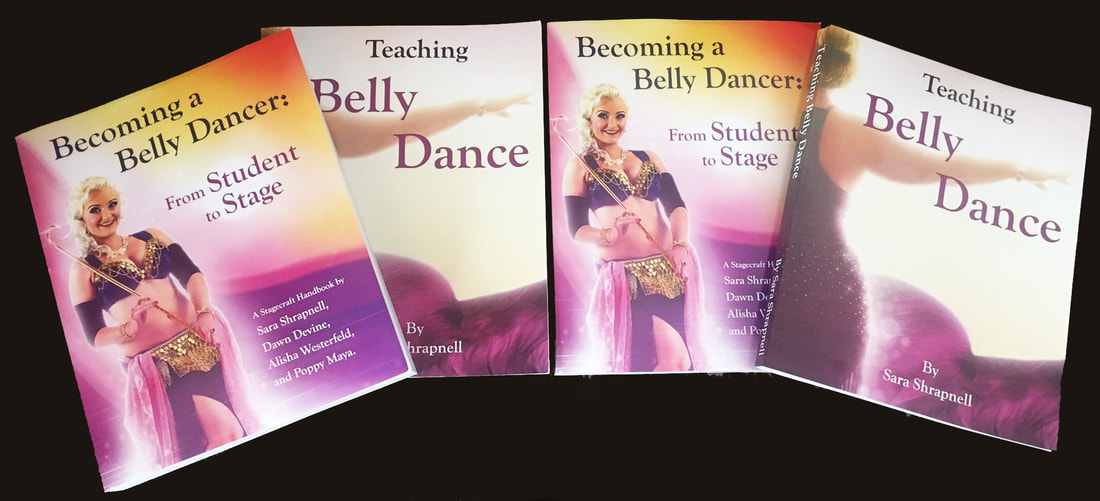
 RSS Feed
RSS Feed